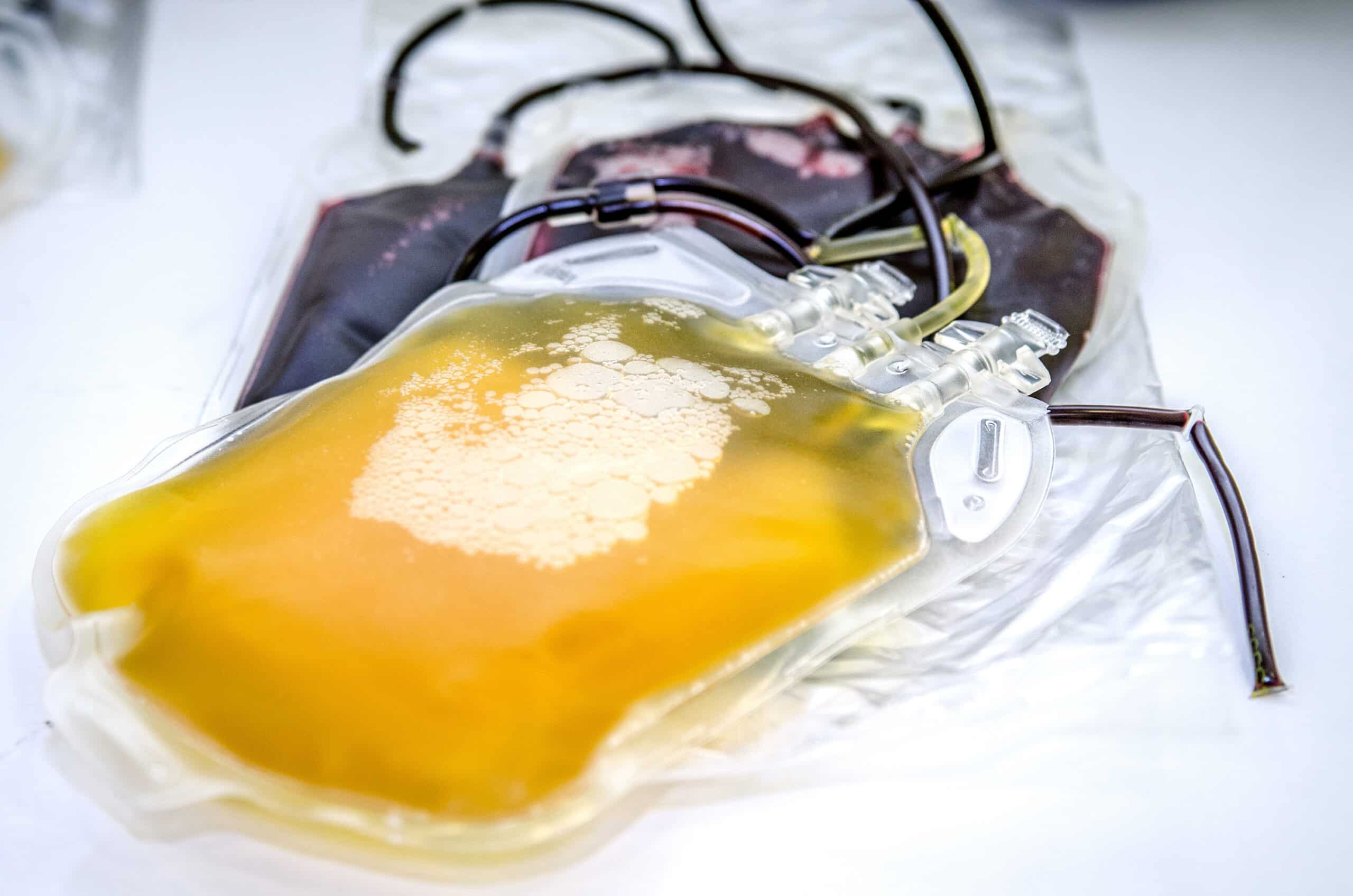Plasma is the fluid content of blood which is discarded and replaced with a substitution fluid, typically albumin or saline solution. Substitute plasma and the patient’s own blood cells are then returned to the patient. Plasmapheresis is considered to be a safe procedure with few possible side effects including discomfort at needle site, dizziness, tingling and coldness in fingers and mouth, low blood pressure, stomach cramps, blurred vision, and fatigue.
Plasma can contain antibodies when one is sick that will attack the immune system, machines can be used to remove affected plasma to replace with good plasma or substitute which is a process similar to kidney dialysis. Plasmapheresis is also referred to as plasma exchange or plasma donation process.
Plasmapheresis can be used to treat Thrombotic Thrombocytopenic Purpura, Myasthenia Gravis, Neuromyelitis Optica, Multiple Sclerosis, Guillain Barre Syndrome, Chronic Inflammatory Demyelinating Polyneuropathy, Goodpasture’s Syndrome, Rapidly Progressive Glomerulonephritis, Systemic Vasculitis, Immune Thrombocytopenia, Transplant sensitization and rejection, Waldenstrom’s Macroglobulinemia, Hyperviscosity syndrome, Recurring focal segmental glomerulosclerosis, and other rarer diseases such as treating certain forms of sickle cell disease and certain forms of neuropathy.
In these disorders the body has developed antibodies programmed to identify and destroy cells in plasma which are normally foreign that may harm the body. With autoimmune disease these antibodies will attack cells that carry out important functions, such as attacking the protective covering of nerves that leads to impaired function of muscles as seen in MS. Plasmapheresis can help to stop this process by removing plasma that contains antibodies and replacing with new plasma, the process has even been used to help organ transplant patients counter the effect of the body’s natural rejection.
Receiving plasmapheresis to help improve weakness or autoimmune disorder can provide relief in a matter of a few days, others may take a few weeks before changes in symptoms are noticed. Plasmapheresis provides short term relief, the process will need to be repeated; length and frequency are dependent on condition and severity.
Plasmapheresis does carry a few risks such as infection, blood clotting, and allergic reaction. More uncommon risks of plasmapheresis include bleeding, seizures, abdominal cramps, and tingling in limbs. Plasmapheresis is not considered to be appropriate for certain people such as those who are hemodynamically unstable, those with allergies to heparin, those who can’t tolerate central line placement, those with hypocalcemia, and those with allergies to frozen albumin or plasma.
Generally plasmapheresis is covered by insurers for most conditions, each insurer varies on how much or what is covered, such as some may only cover it in certain cases as last resort, making it important to check before undergoing treatment.




